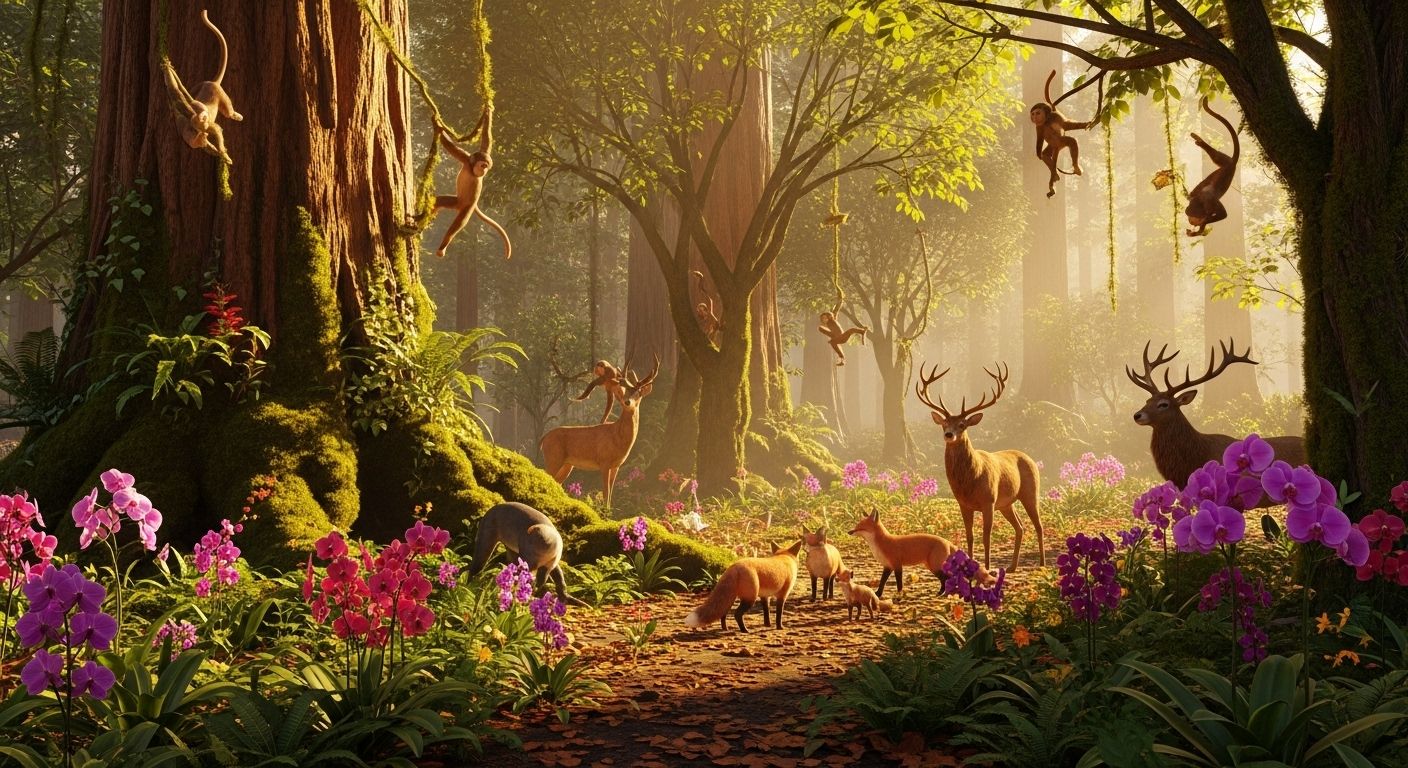
Food Chains and Food Webs – Energy Flow in Ecosystems is a foundational ecology course that reveals how energy moves through the living world. From sunlit leaves to apex predators, every organism plays a role in the transfer and transformation of energy.
This lesson introduces the basic structure of food chains and expands into the complexity of food webs, helping learners visualize how life is interconnected. By understanding producers, consumers, and decomposers, you’ll gain insight into the balance and resilience of ecosystems—and why energy flow is key to their health and sustainability.
🌱 By the end of this course, you’ll be able to:
This course is ideal for learners who want to understand how ecosystems function and how organisms depend on one another for energy. It’s especially valuable for students, educators, and anyone passionate about nature and sustainability.